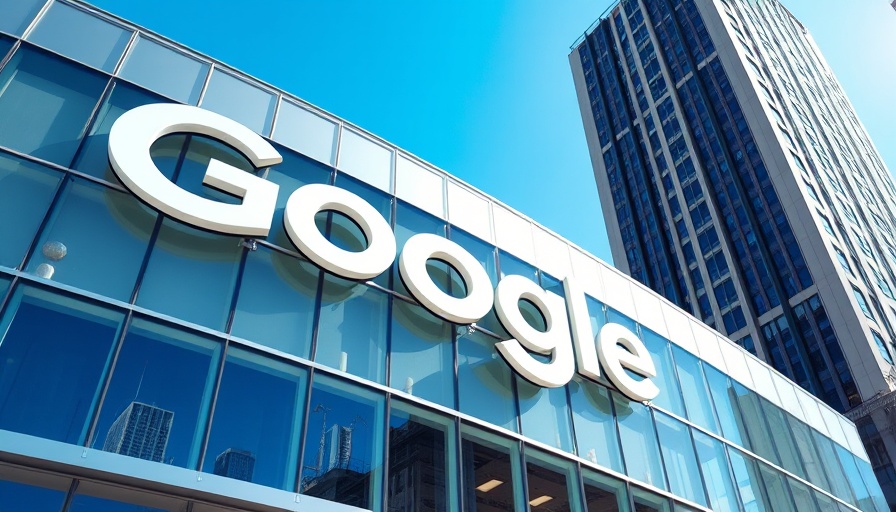
Understanding Google's AI Search Integration
In a recent announcement at the Google Search Central Live conference in Madrid, Google clarified its stance on the role of structured data in the evolving landscape of search affected by AI. Significantly, Google affirmed that although it integrates advanced technologies such as large language models (LLMs) into its search processes, traditional SEO practices remain steadfast and vital for enhancing visibility and comprehension.
Why Structured Data Remains Important
Structured data is a standardized format for providing information about a page and classifying the page content. Google encourages content creators to implement supported schema types as it helps its algorithms more effectively interpret the presented content. This is crucial not only for traditional search results but also for optimizing AI-driven features that rely on the accuracy of information presented.
Key Insights from Google Leaders
During the conference, notable figures from Google, including John Mueller and Daniel Weisberg, shared insights into the mechanics of Google's search algorithms. Mueller elaborated on a method known as Retrieval Augmented Generation (RAG), which combines the effectiveness of language models with traditional search queries. This approach involves a systematic four-step process:
- A user submits a question.
- The search engine retrieves relevant data.
- This data “grounds” the LLM to create accurate answers.
- The LLM provides an answer with credible sources linked.
This structured format addresses prevalent concerns regarding the reliability of AI-generated content, ensuring that responses are not just fabricated but are rooted in factual data.
The Future of SEO in an AI-Driven Landscape
As AI continues to redefine how people search for information, the integration of structured data will only become more critical. Google’s emphasis on maintaining standard SEO optimizations underlines a vital point for marketers and content creators: adapting to new technologies does not mean abandoning the proven methods that have worked in the past.
By continuing to leverage structured data, businesses can maintain their competitive edge and enhance how their content is perceived both by users and by search engines, fostering a symbiotic relationship with emerging technologies.
What This Means for Businesses Today
Understanding the importance of maintaining structured data in your SEO strategy can guide technology implementations in various industries—from digital insurance solutions to advanced shipbuilding technologies. Businesses that remain agile and adaptable to these changes will position themselves favorably as technology disruptors.
In conclusion, Google's recent confirmations suggest that while the landscape may change, the foundational pillars of SEO—like structured data—are here to stay. Therefore, it is imperative for content creators and businesses alike to re-evaluate their SEO strategies in light of these insights, ensuring that they are prepared for a future where AI plays an even more significant role in search.
 Add Row
Add Row  Add
Add 




Write A Comment